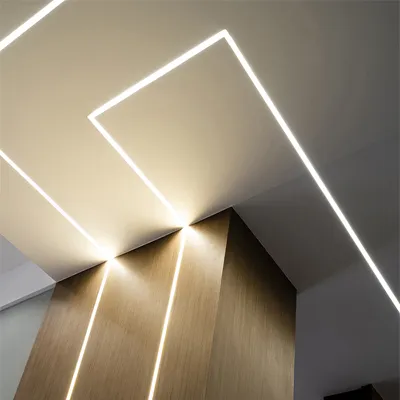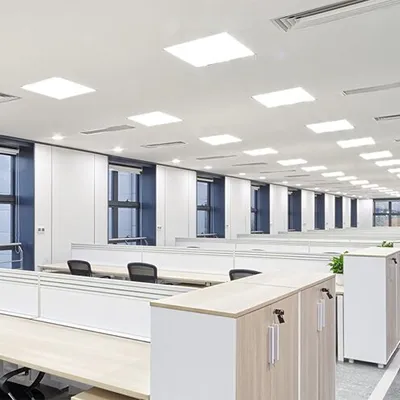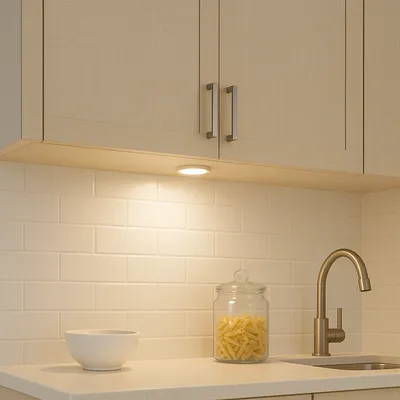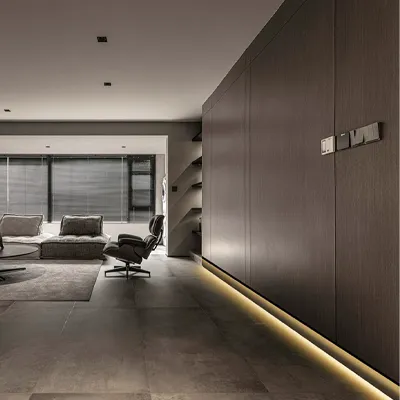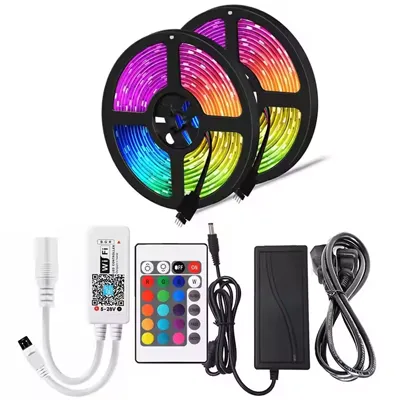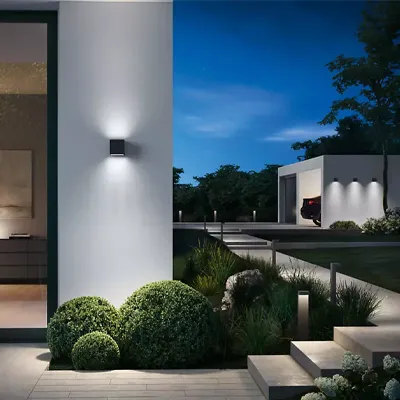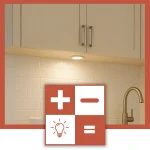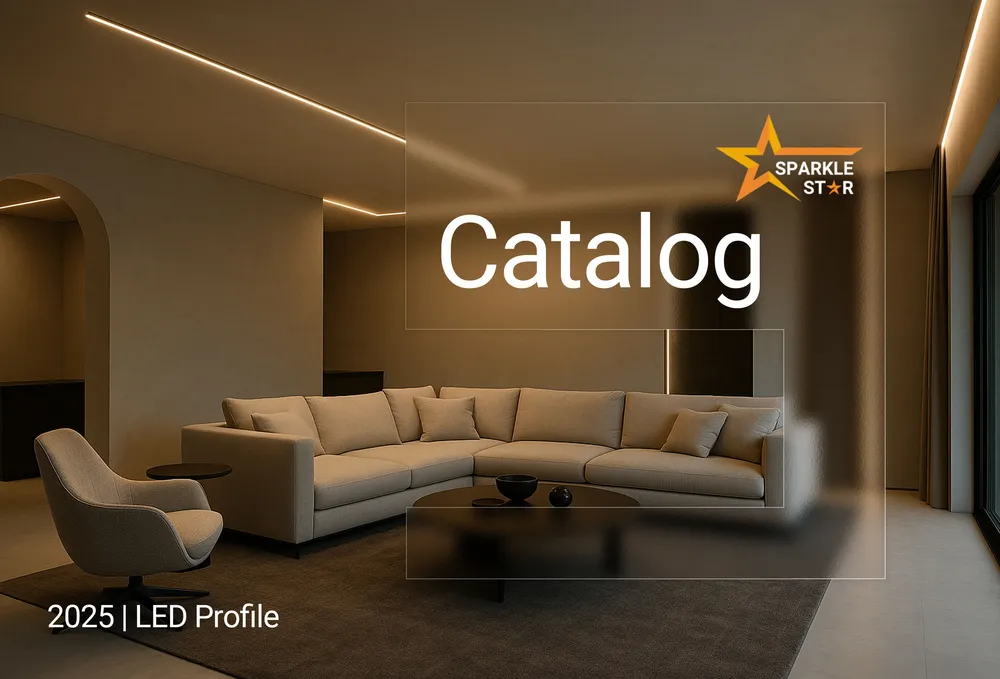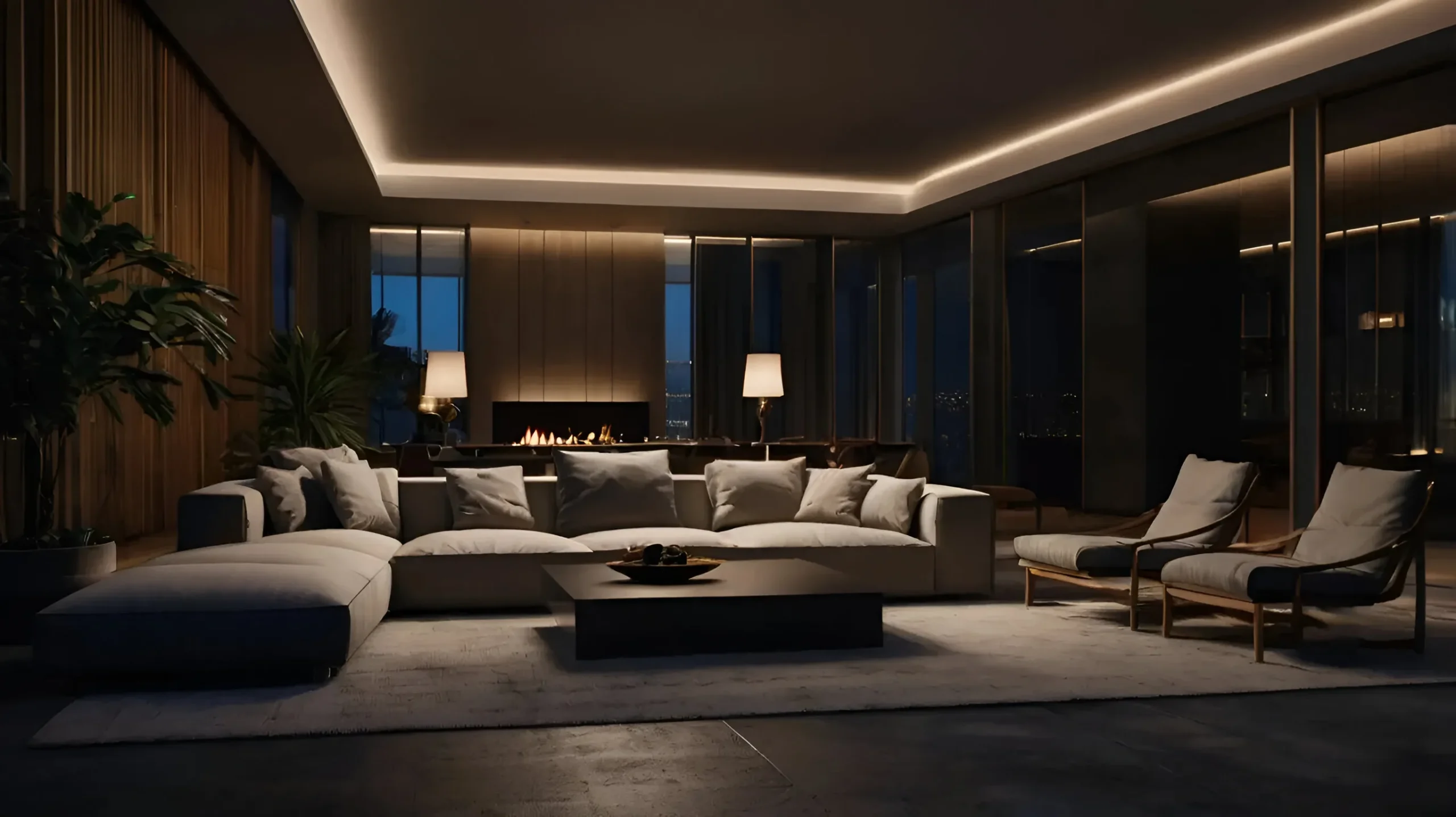
Have you ever noticed a clean, uninterrupted line of light in a well-lit space? It provides illumination without any visible bulbs or fixtures, just a uniform, linear glow. The tool used to achieve this level of light quality is known as the Recessed LED Profile. In essence, this specialized LED channel system is what transforms a raw light source into a high-performance luminaire.
If you have been curious about how to achieve such controlled lighting effects, you're in the right place. In this guide, we will explain the Recessed LED Profile, breaking down what it is, how it works, and why it has become a foundational tool for quality lighting design.
What Exactly Is Recessed LED Profile?
First, let's clarify the relationship between the parts. A complete linear lighting setup consists of two primary, separate components:
- The LED Strip: This is the flexible circuit board with the light-emitting diodes (LEDs). It is the actual light source.
- The Recessed LED Profile: This is the luminaire housing that the LED strip is placed into. It is a system designed to shape, protect, and manage the light.
So, while the LED strip creates the light, the profile is what controls and refines it. The profile system itself is generally made up of three parts:
- The Aluminum Channel: The main body of the profile, providing structure and acting as a crucial heat sink to manage thermal performance.
- The Diffuser: This is an optical component—a translucent cover that scatters the light to control glare and ensure visual comfort.
- End Caps & Mounting Clips: The accessories used to finish and secure the luminaire.

The Key Advantages of Using LED Channel Systems
So, why use a channel system instead of just applying a bare LED strip? The reasons are fundamental to achieving professional lighting results.
- Enhanced Light Quality & Visual Comfort: The diffuser is the key. It transforms the harsh, pixelated "hotspots" of a bare LED strip into a soft, uniform line of light. This process, called diffusion, is critical for reducing glare and creating a comfortable visual environment.
- Improved Thermal Management: Heat is a primary factor in an LED's performance degradation. The aluminum channel acts as a heat sink, effectively dissipating thermal energy. This protects the LED chips, ensuring a longer lifespan and stable color output.
- Protection for the Light Source: A profile provides a sturdy housing that shields the delicate LED strip from dust, moisture, and impact, safeguarding your lighting investment.
- Precise Light Control & Application: A rigid profile ensures the light is delivered in a perfectly straight line, allowing for precise applications like wall grazing, cove lighting, and focused task lighting with a clean, intentional beam.
A Quick Comparison: Raw Source vs. Finished Luminaire
To summarize the differences, here is a side-by-side comparison:
Feature | Bare LED Strip (Light Source) | With LED Profile (Finished Luminaire) |
|---|---|---|
Light Output | Harsh dots, potential for high glare | Soft, uniform, and visually comfortable |
Thermal Performance | Poor; can lead to rapid performance decay | Excellent; ensures longevity and stability |
Durability | Exposed and vulnerable to damage | Protected and easy to maintain |
Beam Control | Uncontrolled, scattered light | Directed, linear, and precise |
Choosing the Right Recessed LED Profile
When you begin to browse for recessed LED profiles, you will find a wide array of options in different shapes, sizes, and finishes. While this variety offers great flexibility, it can also seem daunting at first. However, making the right choice doesn't have to be complicated. By focusing on a few key factors related to both the technical requirements and the desired aesthetic outcome, you can easily select the perfect profile for your project.
Common Lighting Applications
The versatility of these systems allows them to be used for various lighting techniques:
- General & Ambient Lighting: Creating clean lines of light in ceilings and walls.
- Task Lighting: Delivering focused, glare-free illumination under cabinets and shelves.
- Accent & Architectural Lighting: Highlighting details on stairways, floors, or in display cases.
- Cove Lighting: Providing soft, indirect illumination from concealed locations.
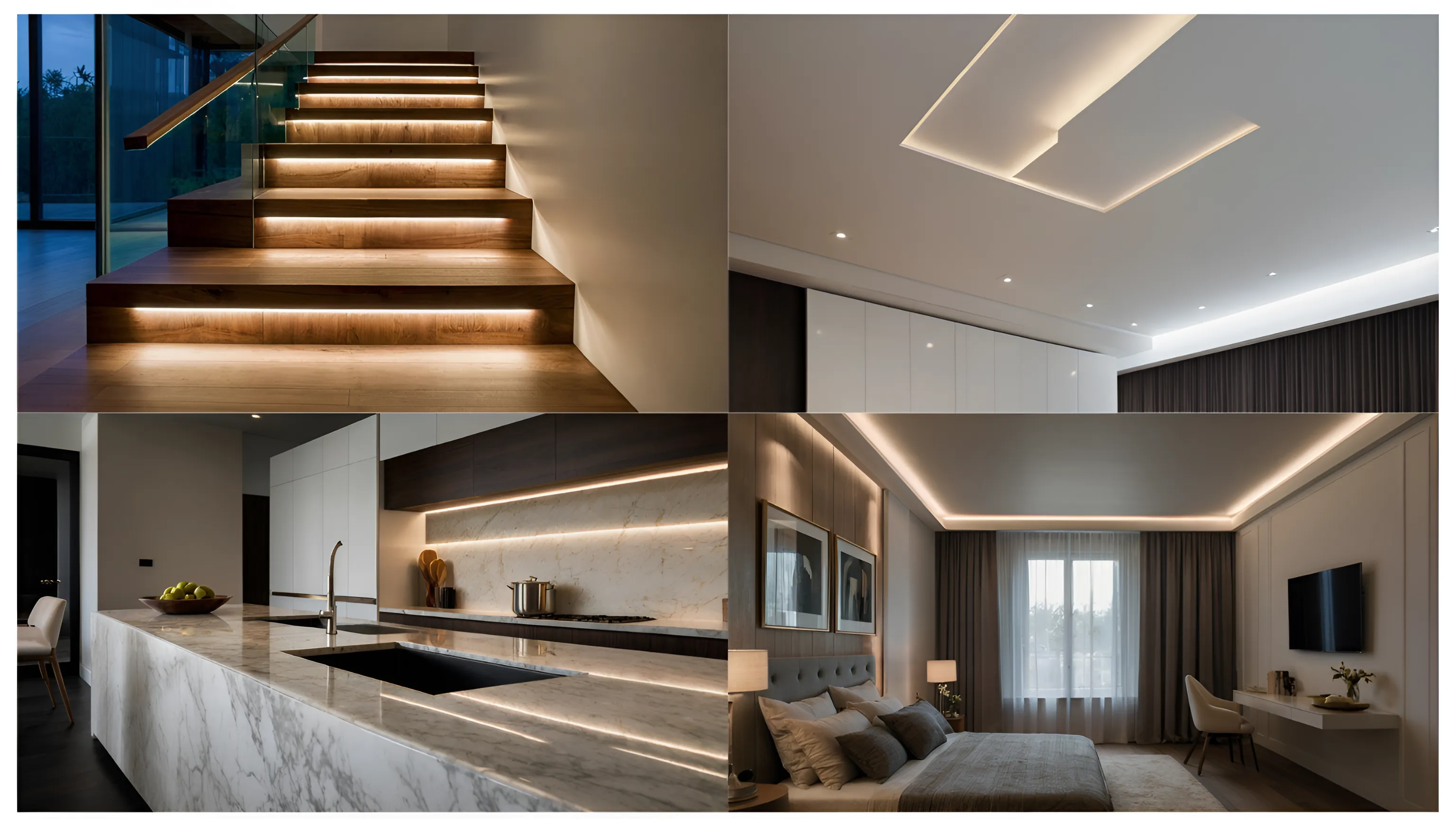
Here are three quick tips focused on the lighting outcome:
Conclusion: An Essential Tool for Quality Lighting
A Recessed LED Profile is more than just a housing; it is an essential tool for any lighting project aiming for quality, control, and longevity. It elevates a simple LED strip from a raw component into a complete, high-performance luminaire. By managing heat, controlling glare, and ensuring a professional finish, it allows you to create a luminous environment that is not only effective but also visually comfortable and built to last.
Frequently Asked Questions (Q&A)
1. Can I install recessed profiles myself?
Since installation often involves cutting into surfaces and electrical work, hiring a professional is highly recommended for the safest and cleanest result.
2. Are these systems dimmable?
Yes. The dimming capability depends entirely on the LED strip and power supply you choose. Just be sure to select a dimmable lighting system to use within the profile.
3. Can I use colored (RGB) LED strips in them?
Absolutely. Profiles are compatible with all types of LED strips, including multi-color (RGB/RGBW) ones. An opal diffuser is particularly effective at blending the colors smoothly.


